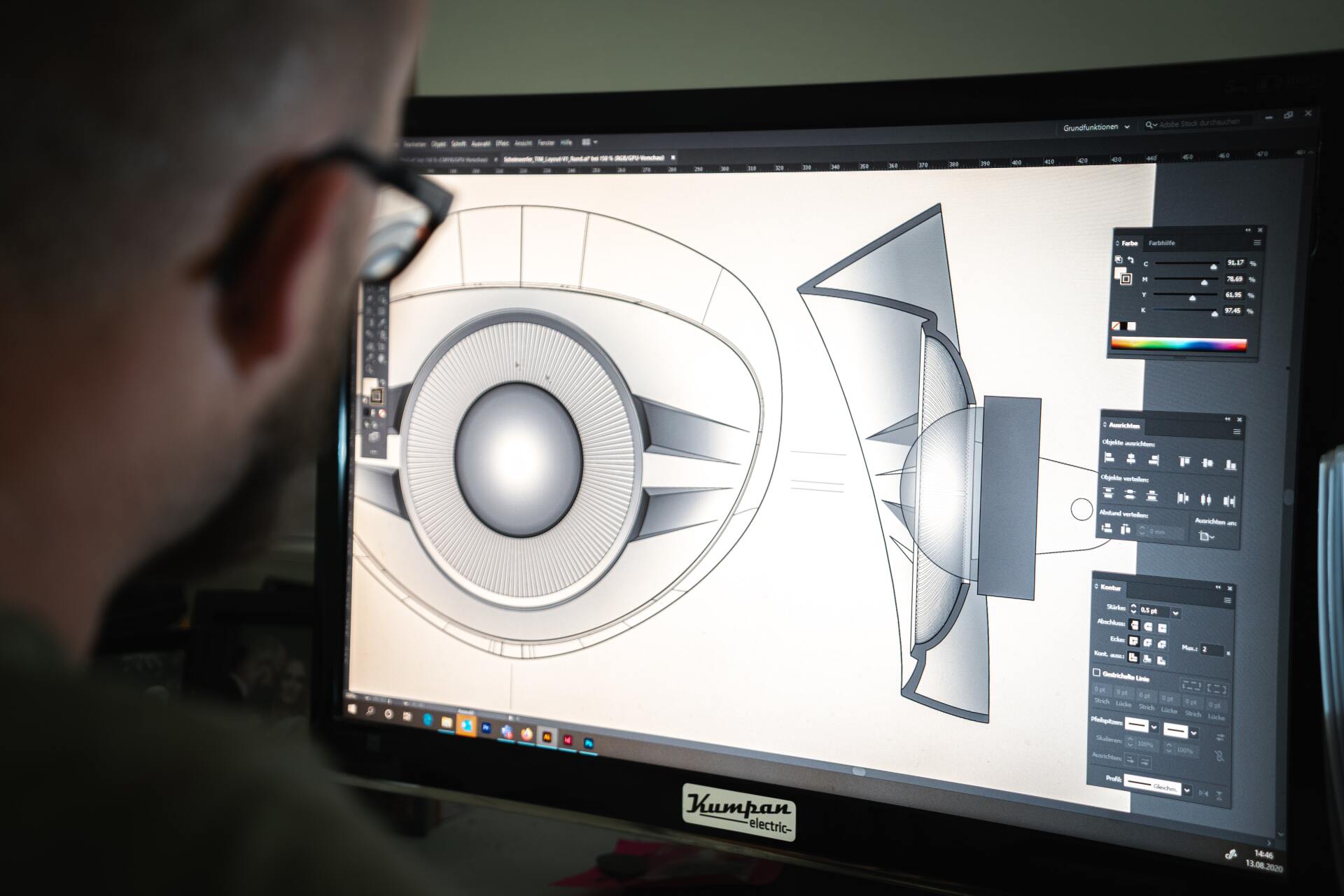A Guide to Laser Surveys
Laser scanning is used to produce extremely accurate 3D internal surveys which can be exported to Revit models for building information modelling (BIM) purposes. These point cloud surveys are particularly useful for those in the building services industry as well as civil and structural engineers.
Read our guide to find out what laser surveying is, how it works, and the benefits of using laser scanning instead of traditional surveying methods.
What Is a Laser Survey?
Laser surveys use high-tech laser scanner instruments to collect data points from a building or surface. This process is conducted much more quickly and with a greater level of precision than using traditional surveying methods.
The data gathered is a combination of millions of data points which are used to generate a 3D representation of the surveyed area. Using the Leica RTC360 laser scanner, coloured 3D point clouds can be generated in under 2 minutes.
What Are 3D Laser Scans Used For?
These 3D point cloud images can be used for a variety of applications. Not only can they be shared with the design team to help streamline communication, but their interactive nature also lets viewers explore the inside of a building, noting precise dimensional measurements when necessary. Throughout the construction process, these can be compared against the original design plans to monitor a project’s progress.
Most significantly, these 3D images can be exported for use in 3D computer aided design (CAD) modelling or to create Revit models for BIM purposes. As a result, users can accurately envisage what the completed project will look like and how it will operate. This allows for better informed decisions to be made and facilitates a smooth design and construction process.

Benefits of Using Laser Scanning
- Improved Accuracy - Laser scanning has proven to yield more accurate data than using traditional surveying methods. These crisp, high-quality scans are highly detailed and are ready to be used for a variety of applications.
- Time Saving - Using laser scanners allow for surveys to be conducted much more quickly than by manual methods. Large volumes of data can be gathered over a short period of time. Furthermore, the automated transfer of data from site to office further frees up time.
- Reduce Costs - Using the latest 3D technology, digital records are produced which can be checked as and when required. This eliminates the costs involved in arranging multiple site visits.
- Safer - Laser surveying removes the need for individuals to put themselves at risk by being in potentially hazardous environments. Furthermore, these instruments are great for surveying largely inaccessible areas that would be dangerous to survey manually.
Summary
Laser surveying is a quick and precise way to capture the internal details of a building in 3D. The data points gathered are combined to generate a dense point cloud image of the surveyed area. This can then be exported for a wide range of applications including CAD 3D Modelling and BIM. Laser scanning is a faster and cost-effective way to gather highly accurate data than traditional surveying methods.
DARe-me Consulting Engineers have extensive laser surveying capabilities and are highly knowledgeable of BIM and CAD. To find out more, get in touch with one of our experts today.


